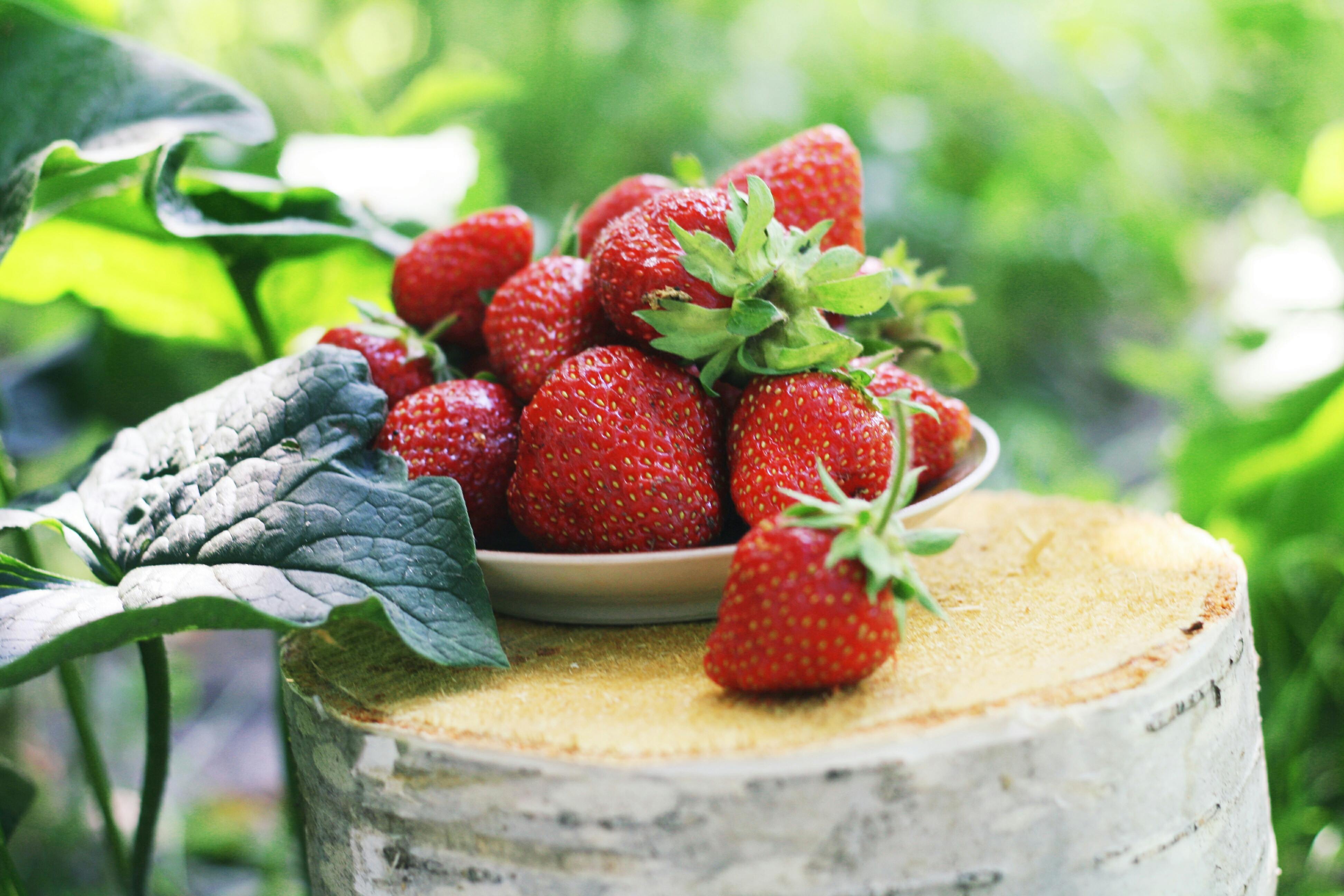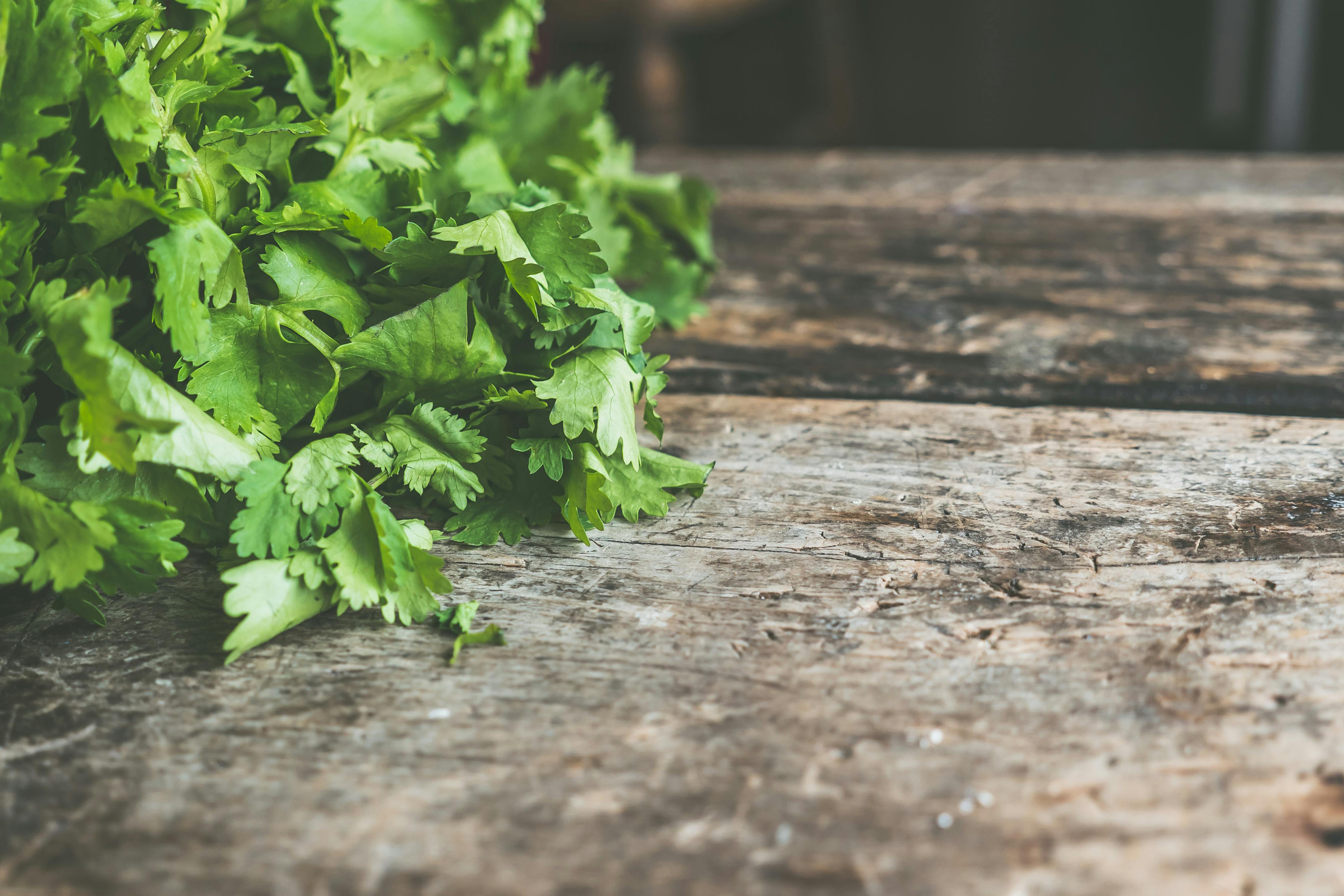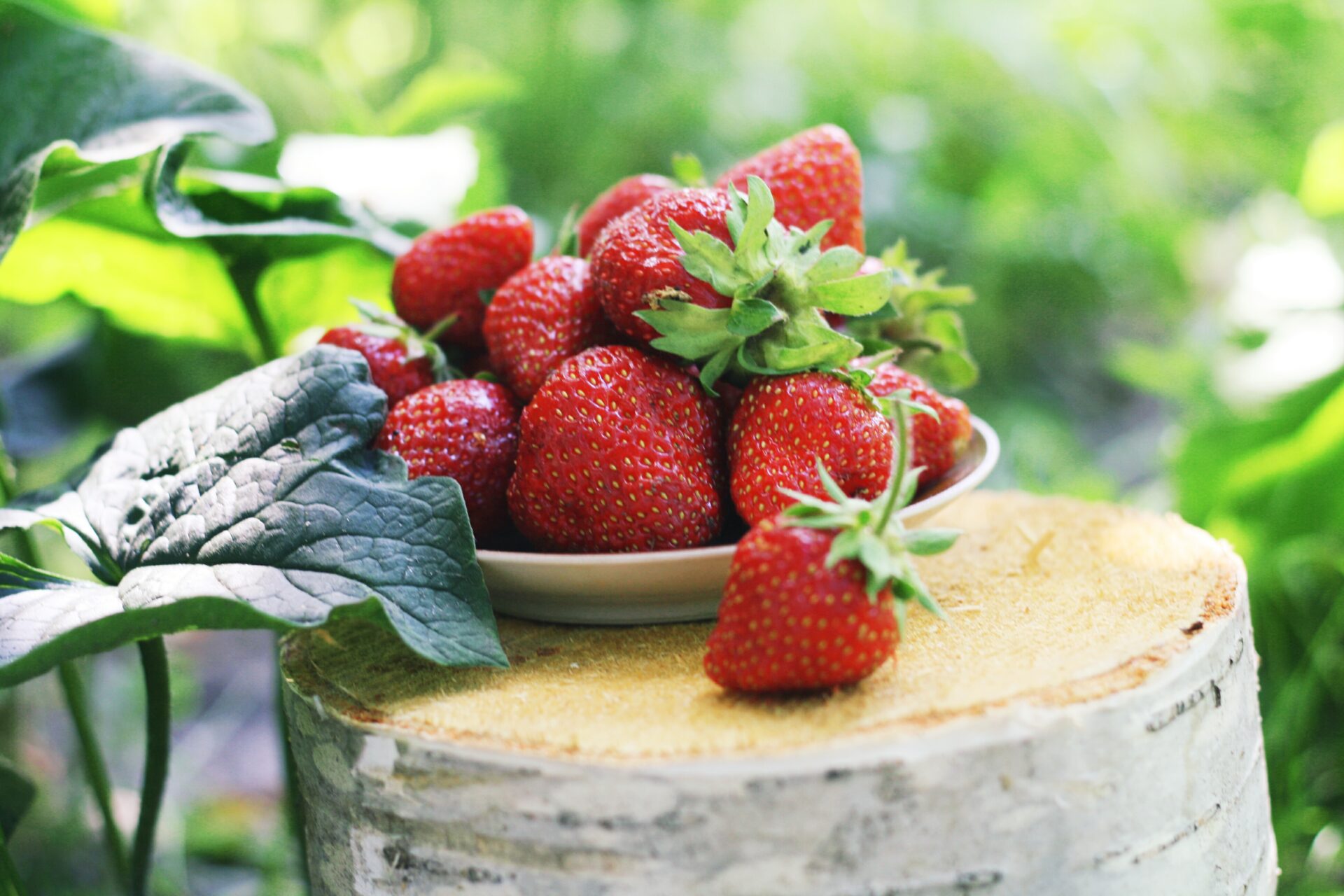Eating strawberry leaves can be a concerning problem for gardeners and strawberry growers alike. It’s important to understand the cause of this issue in order to prevent further damage to the strawberry plants. This article will provide an overview of what could be eating your strawberry leaves, as well as some tips on how you can protect your plants from these pests.Strawberry leaves may be eaten due to a number of causes, including fungal or bacterial infections, insect infestations, and nutrient deficiencies. Fungal and bacterial infections can cause leaf spots that weaken the plant and make it vulnerable to insect damage. Insects such as slugs, caterpillars, and aphids can feed on the leaves of strawberries, leaving behind holes or ragged edges. Nutrient deficiencies can also cause strawberry leaves to be eaten; a lack of nitrogen in particular can lead to yellowing and curling of leaves that will be consumed by insects.
Identifying the Pest Eating Strawberry Leaves
Strawberry plants are a favorite of home gardeners, but they can also be a target for pests. Identifying the pest that is eating strawberry leaves can help you determine the best way to control it. Different pests have different feeding habits and may require different methods to control them. To properly identify the pest, inspect the leaves of your strawberry plants to look for signs of feeding damage. Common signs include holes in the leaves, chewed edges, or webbing on the leaves. After you have identified what type of damage is being done, you can begin to narrow down which pest is causing it.
Common pests that feed on strawberry plants include slugs, aphids, spider mites, and cutworms. Slugs leave behind a silvery mucous trail and can cause large holes in leaves. Aphids are small insects that leave behind a sticky residue and cause yellowing or curling of leaves. Spider mites form webbing on leaves and may cause them to become yellow or discolored. Cutworms feed at night and leave behind ragged edges on leaves or stalks that have been severed from the plant.
Once you have identified which pest is eating your strawberry plants, you can begin looking for ways to control it. For small infestations, manual removal of pests is often enough to get rid of them. For larger infestations, chemical treatments may be necessary to control the population. It is important to use proper safety precautions when using chemical treatments and always follow label instructions carefully. With proper identification and treatment, you can enjoy healthy strawberries all season long!
How to Get Rid of the Pest Eating Strawberry Leaves
Strawberry plants are a popular fruit, and many gardeners enjoy growing them for their delicious fruits. Unfortunately, strawberry plants can be vulnerable to a variety of pests that can damage the leaves and fruit. If you’re having trouble with pests eating your strawberry leaves, there are a few steps you can take to help get rid of them.
The first step is to identify the pest that is eating your strawberry leaves. Common culprits include caterpillars, aphids, slugs, and mites. Once you’ve identified the type of pest, you can take steps to control it.
If caterpillars are eating your strawberry leaves, hand-picking them off and disposing of them is one option for controlling them. You can also use an insecticide such as Bacillus thuringiensis (Bt) or Spinosad to help rid your plants of caterpillars.
Aphids can be controlled by introducing beneficial insects such as ladybugs or lacewings into your garden. These predatory insects will feed on aphids and help keep their population under control. You can also use insecticidal soap or horticultural oil sprays to help get rid of aphids on your plants.
Slugs can be deterred by creating barriers around your strawberry plants using copper tape or crushed eggshells. You can also use slug baits such as iron phosphate-based products which are safer for other wildlife than traditional chemical baits.
Mites can be controlled by applying horticultural oil sprays to the underside of the leaves where they hide out during the day. Neem oil is another option that works well against mites and other garden pests without harming beneficial insects such as bees or ladybugs.
In addition to these methods for controlling pests on strawberries, there are some cultural practices that will help protect your plants from damage by pests in the future. Make sure that you water your strawberries in the morning so that any excess moisture will have time to evaporate before nightfall when many pests become active again. Keep weeds away from your strawberry plants as they provide shelter for insects looking for a place to feed and reproduce. Finally, rotate where you plant strawberries each year in order to reduce pest populations over time.
By following these steps, you should be able to get rid of any pests eating your strawberry leaves and protect them from further damage in the future!
Common Pests that Eat Strawberry Leaves
Strawberry plants are susceptible to pest infestations, which can cause damage to the plants and even reduce yields. Common pests that eat strawberry leaves include aphids, caterpillars, earwigs, slugs, spider mites, and whiteflies.
Aphids are small insects that feed on the sap of strawberry plants. They can cause yellowing and deformation of foliage, as well as reduced yields. Control of aphids can be achieved by using an insecticidal soap or horticultural oil.
Caterpillars are also a common pest of strawberry plants. These pests feed on the leaves and can cause severe defoliation if left unchecked. Effective control of caterpillars includes using Bacillus thuringiensis (Bt) or handpicking them from the plant.
Earwigs feed on the flowers and young fruits of strawberry plants. They can be controlled with sticky traps or by treating the soil with diatomaceous earth or insecticidal soap. Slugs are another common pest of strawberries; they feed on both leaves and fruits and can be controlled with beer traps or by handpicking them from the plant.
Spider mites feed on the underside of leaves and suck out their juices, causing yellowing and stippling of foliage. They can be controlled with insecticidal soaps or horticultural oils. Whiteflies also feed on plant juices; they can be controlled using insecticidal soaps or horticultural oils as well as sticky traps.
In order to keep your strawberry plants healthy and free from pests, you should inspect them regularly for signs of damage or infestation. If you notice any pests present, treat them immediately with an appropriate control method in order to avoid further damage to your plants.
Signs & Symptoms of Pest Infestation on Strawberry Leaves
Strawberries are delicious and nutritious, but they can be susceptible to pest infestations. To keep your strawberry plants healthy, it is important to recognize the signs and symptoms of pest infestation on the leaves. The most common signs of a pest infestation include discolored or wilted leaves, holes in the leaves, deformed or distorted leaves, and black or brown spots on the leaves. If your strawberry plant has any of these signs, then it is likely that it has a pest infestation.
Wilted or discolored leaves are one of the most common signs of a pest infestation on strawberry plants. This occurs when pests feed on the sap inside the leaves, which causes them to become dry and brittle. In addition, some pests will inject toxins into the plant tissue which can cause further damage to the leaves. Holes in the leaves could indicate that an insect is boring into them or that small mammals such as mice are eating them.
Another sign of a pest infestation is deformed or distorted leaves. This occurs when pests feed on the plant’s sap and cause it to grow abnormally. In addition, some insects such as aphids secrete honeydew which can cause fungi to grow on the plant’s foliage. Black or brown spots may also appear on the leaves if they have been infected with fungi or other diseases caused by pests.
It is important to take action if you notice any signs of a pest infestation on your strawberry plants. If left untreated, these pests can quickly spread throughout your garden and cause serious damage to your plants. Therefore, it is important to identify the source of the problem and take steps to eliminate it before it causes too much damage.

Preventive Measures to Keep Pests from Eating Strawberry Leaves
One of the most effective ways to prevent pests from eating strawberry leaves is to keep the area around your strawberry plants clean of debris and weeds. These areas can provide a haven for pests, so regular maintenance is essential. Additionally, use a garden sprayer to apply an approved pesticide or organic insecticide on the plants and surrounding area. This will help prevent the spread of disease and protect your strawberries from damage by insects. You should also inspect your plants regularly for signs of infestation, such as holes in the leaves or webs on the stems. If you see any signs of infestation, treat them immediately with an appropriate pesticide or insecticide.
Another method for preventing pests from eating strawberry leaves is to ensure that your plants receive adequate nutrition. Healthy plants are less likely to attract insects, as they have stronger defenses against attack than weaker ones. Fertilize your strawberry plants every few weeks with a balanced fertilizer that includes nitrogen, phosphorus, potassium, and other micronutrients. Additionally, be sure to water your strawberries regularly during dry periods so that they stay properly hydrated and are less susceptible to damage from insects.
You can also use physical barriers such as row covers or netting to protect your strawberries from damage by pests. Row covers are easy to install and will keep out many common garden pests such as aphids and caterpillars while still allowing sunlight and air circulation into the area. Netting can be used to keep birds away from the plants as well as other insects that may be attracted by their sweet scent. Additionally, you can use sticky traps near the base of your strawberry plants in order to trap any crawling insects before they reach the leaves.
Finally, if you have an infestation of pests on your strawberry plants, it is important to take immediate action in order to prevent further damage. Use an appropriate pesticide or insecticide according to manufacturer’s instructions and dispose of all affected leaves immediately in order to reduce the chances of re-infestation in future seasons. If possible, it may also be useful to introduce beneficial insects into your garden such as ladybugs which feed on common garden pests like aphids and spider mites.
Following these preventive measures will help keep pests away from strawberry leaves while promoting healthy growth for years to come!
Natural Solutions for Treating Pest Infestation on Strawberry Leaves
Strawberry plants are a popular choice for home gardens due to their delicious fruit and attractive foliage. Unfortunately, they can be prone to pests that can cause damage to the leaves. Fortunately, there are a variety of natural solutions for treating pest infestations on strawberry leaves.
One solution is to apply organic sprays or dusts that contain naturally occurring insecticides. These products are designed to kill or repel insects without harming the environment or your strawberry plants. Some commonly used natural insecticides include neem oil, pyrethrum, and spinosad. Be sure to follow the instructions on the product label when applying any pesticide.
Another natural option is to use beneficial insects such as ladybugs and lacewings, which feed on pests such as aphids and mites. You can purchase these beneficial insects from garden centers or online retailers and release them in your garden where they will help control pests without using harmful chemicals.
In addition to using natural solutions, you can also take steps to prevent pest infestation in the first place by ensuring your strawberry plants get enough sunlight and water and removing any dead or diseased foliage from your garden beds. It is also important to keep the area around your strawberry plants free of weeds, which can provide hiding places for pests.
Finally, it is important to monitor your strawberry plants regularly for signs of pest infestation so that you can address any problems quickly before they get out of hand. The sooner you spot a problem, the easier it will be to treat it with natural solutions rather than resorting to chemical treatments. With a few simple steps, you can protect your strawberry plants from pests and enjoy their delicious fruit for many years to come!
Chemical Solutions for Controlling Pests Eating Strawberry Leaves
Strawberries are a delicious and nutritious fruit, but they can be vulnerable to pests that eat their leaves. Fortunately, there are chemical solutions available to help control these pests. These solutions can be applied in several ways, including as a spray or as a powder. Spraying is the most common way of application, but it is important to follow the instructions on the label carefully. The chemicals used in these products are generally effective against pests such as aphids, thrips, mites and caterpillars.
When using chemical solutions to control pests eating strawberry leaves, it is important to consider the environment and health of humans and animals that may come into contact with the chemicals. It is also important to read all labels carefully before use and follow all safety precautions. It is best to apply the chemicals during early morning or late evening hours when temperatures are cooler and wind speeds are lower in order to reduce drift of the product onto non-target plants or areas.
Overall, chemical solutions can be an effective way to control pests eating strawberry leaves. However, it is important to use them safely and responsibly in order to protect both human health and the environment. It is also important to consider other methods of pest control such as biological or mechanical controls before turning to chemicals as a last resort.

Conclusion
Eating strawberry leaves can be caused by a variety of factors, from pests and diseases to environmental conditions. Identifying and addressing the problem quickly is essential to maintaining healthy strawberry plants. If you find your strawberry leaves are being eaten, inspect the plant for signs of pests or damage. Consider steps you can take to reduce stress on the plant, such as providing adequate water and fertilizer, as well as providing adequate amounts of sunlight and airflow. If you suspect a pest infestation, contact your local extension office for assistance in identifying it and recommend the best course of action for controlling it.
In conclusion, understanding what is eating your strawberry leaves is the first step in resolving the issue. With a little bit of effort and knowledge, you can protect your plants from further damage caused by pests or environmental conditions.



